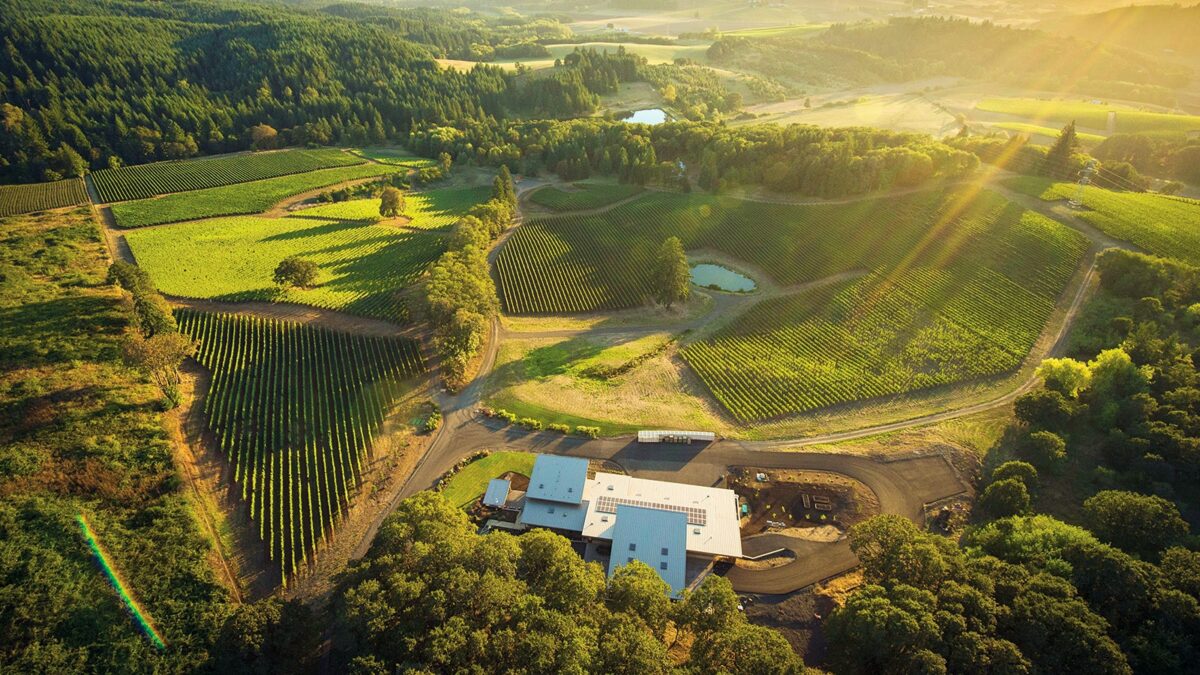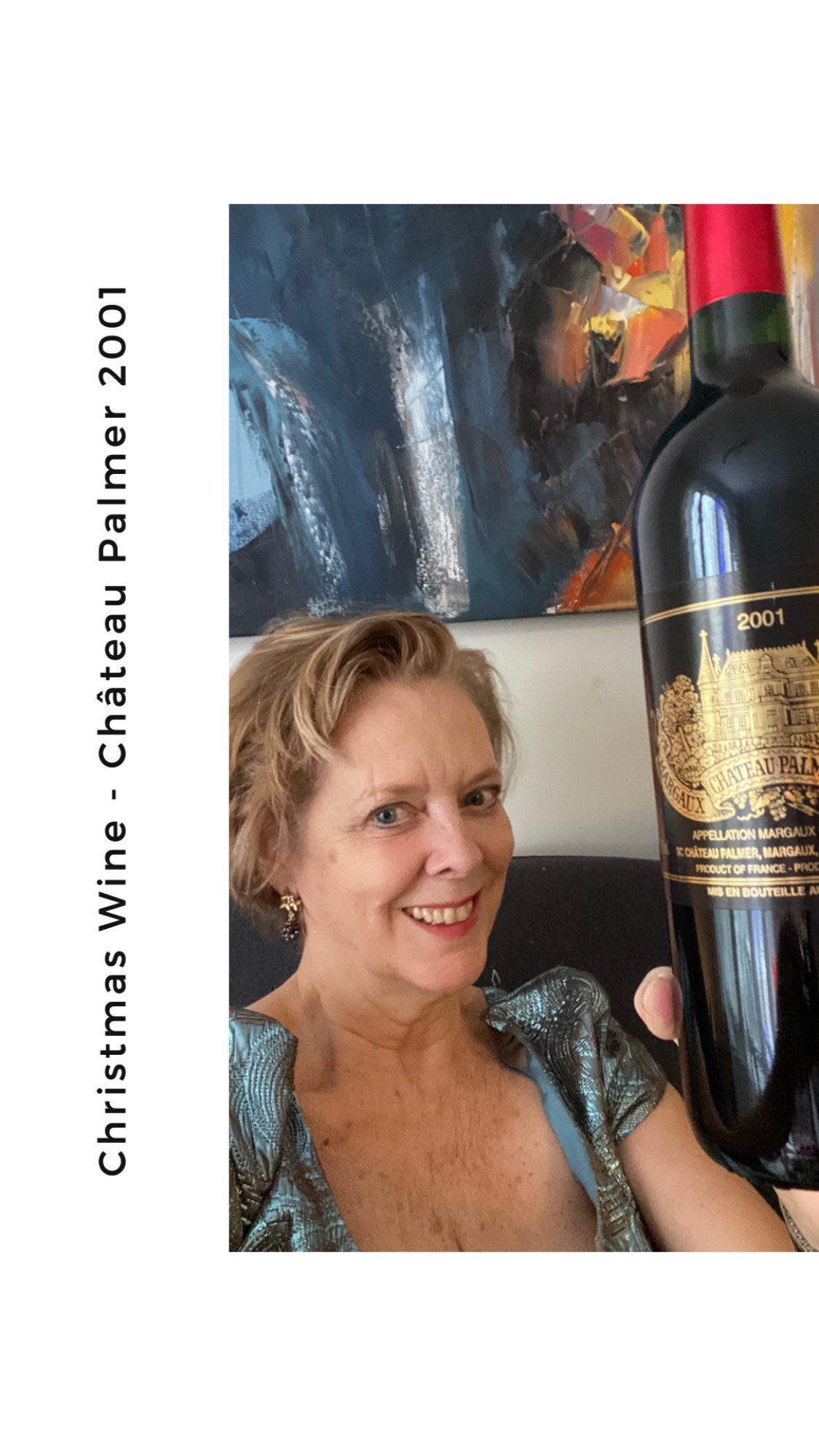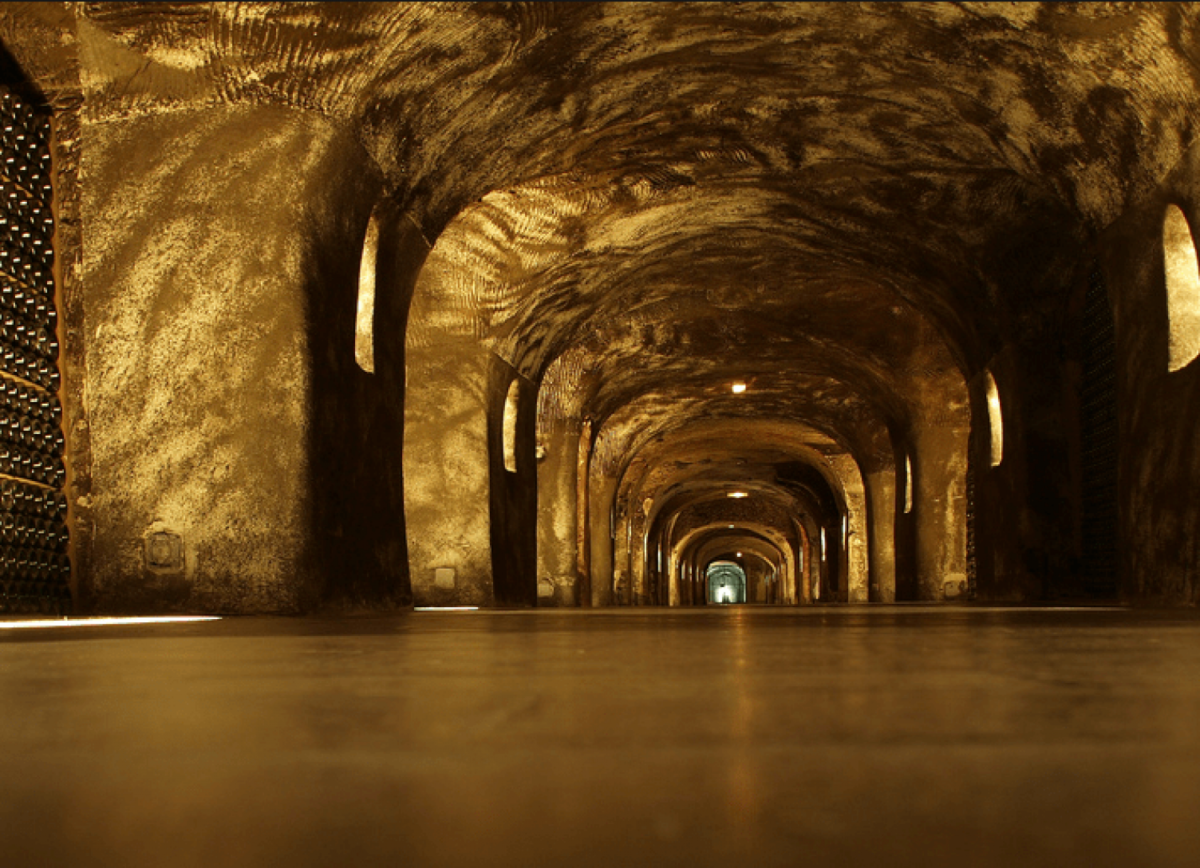Wines of Argentina (WofA) said it is well on its way to achieving the objectives set out in its business plan in August. The two-year plan centres on strengthening the global positioning of the country’s wine industry through digital marketing and generating business opportunities for its members.
It is focused on establishing a digital presence for Argentine wine (vino Argentino) “with much greater force”.
With Covid-19 curtailing travel opportunities, WofA has successful hosted over 50 digital events, reaching winemakers, educators, consumers and the trade, with the campaign particularly centred on the US and China.
In order to further strengthen its digital presence, WofA has partnered with software development company Globant. Globant will develop a digital global marketing strategy for WofA, adding technical capabilities and expertise to its offering.
Magdalena Pesce, marketing and communications manager at Wines of Argentina, states: “Digital tools have allowed us to consolidate the positioning of Argentine wine as never before, even in a highly atypical and challenging year. Our permanent commitment to education and digital communication has proven to be the way we must continue to be efficient in reaching different audiences around the world, effective in the use of our resources and, above all, mark a presence for Vino Argentino where international strategic audiences interact: digital ecosystems”.
It has also focused its attention on the Latin American market, particularly Brazil, Argentine wine’s third-largest market. WofA has carried out virtual events specifically targeted at the Brazilian market, including Virtual Business Round, which saw 28 wineries and 41 importers participate.
Training for Sommeliers Argentina 3D also hosted an educational program for somms based in Brazil, Mexico, Peru, Colombia and Paraguay. To strengthen its presence in the market, WofA launched a Spanish-language podcast focusing on the Mexican, Peruvian, Colombian and Paraguayan markets.
Maximiliano Hernández Toso, president of Wines of Argentina, said: “At WofA we are constantly looking for new languages and means of communication to strengthen the positioning of Vino Argentino and increase its distribution and sales at an international level. Currently, this means promoting the use of digital platforms and from this trend a business plan has been in development for 4 months and has already shown strong results. We are encouraged to continue betting on this trend to make the most of the infinite possibilities of the digital world to achieve a greater objective: to boost exports.”





